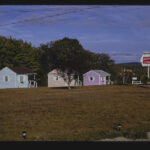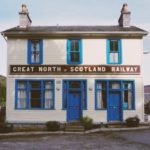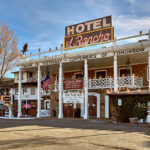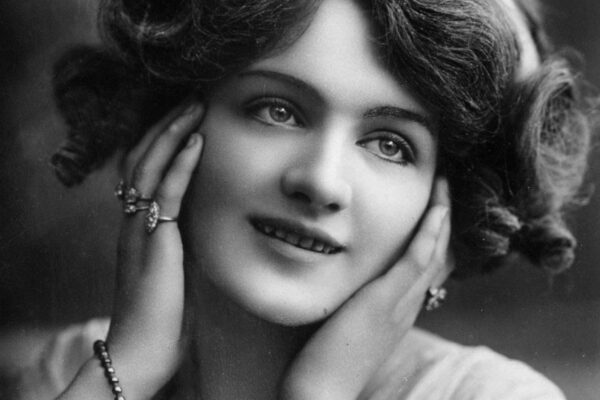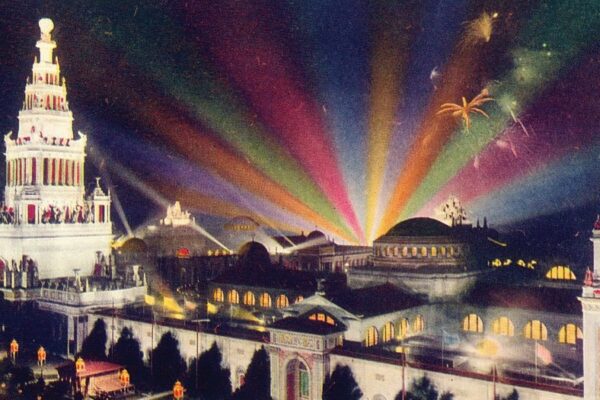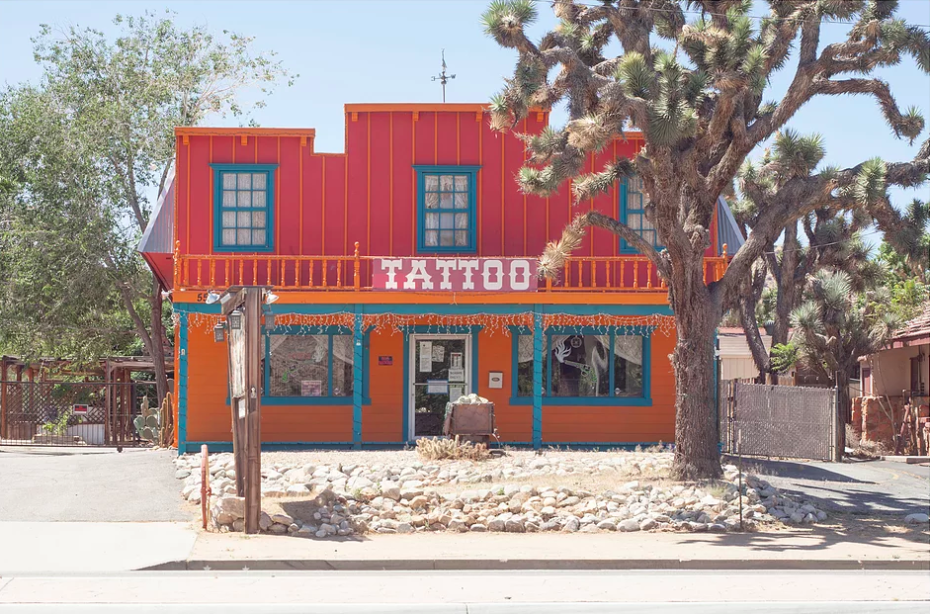
Tattoo. Route 62, California, 2017.
Sun-bleached buildings, a hot convertible, and the smell of a dusty roadside town. There’s nothing more American than a stretch of quiet highway, and photographer Ashley Noelle has been on a quest to capture its old haunts before time and decay beat her to it.
“I started at the beginning of route 62 and the 10 freeway, and photographed everything to the end of Twentynine Palms,” Noelle told us, “The isolation and repetitiveness of the landscape, dotted with these random and mostly abandoned structures, was intriguing to me.”
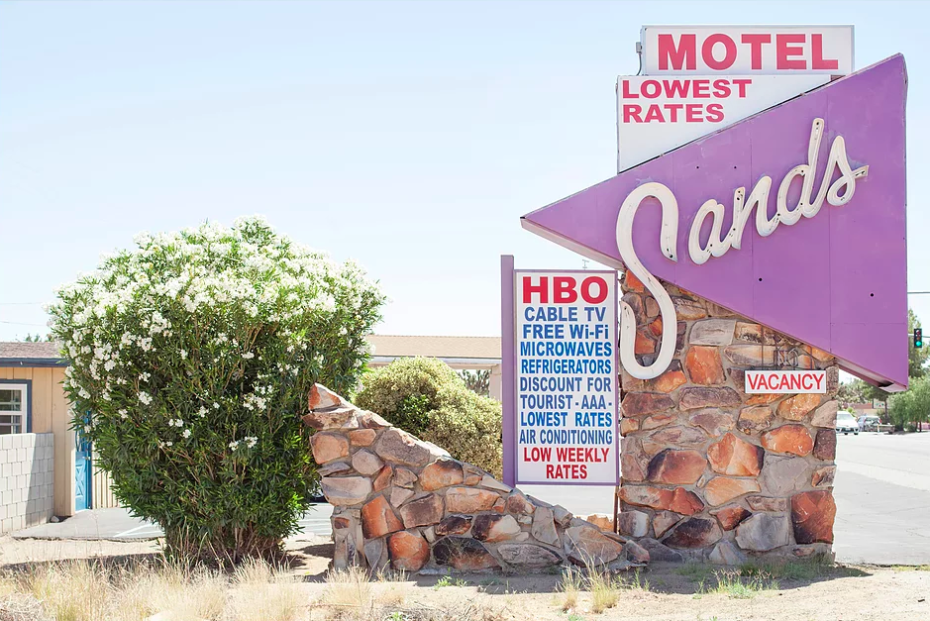
Sands Motel Sign. Route 62, California, 2017.
There’s a muted energy in the old hotels and shops along the road, whose signs still hang in protest of their shuttered windows and peeling paint.
But some places are so dilapidated, they’ve nearly lost all traces of their identity, leaving the imagination to run wild. “I wondered why [some of these spots] were built,” she says, “there was no distinction or signs [for many of the spots]. Just a building…I wished I would have been able to go to [the Happy Cooker] when it was open,” she says, “How cute is the name?”
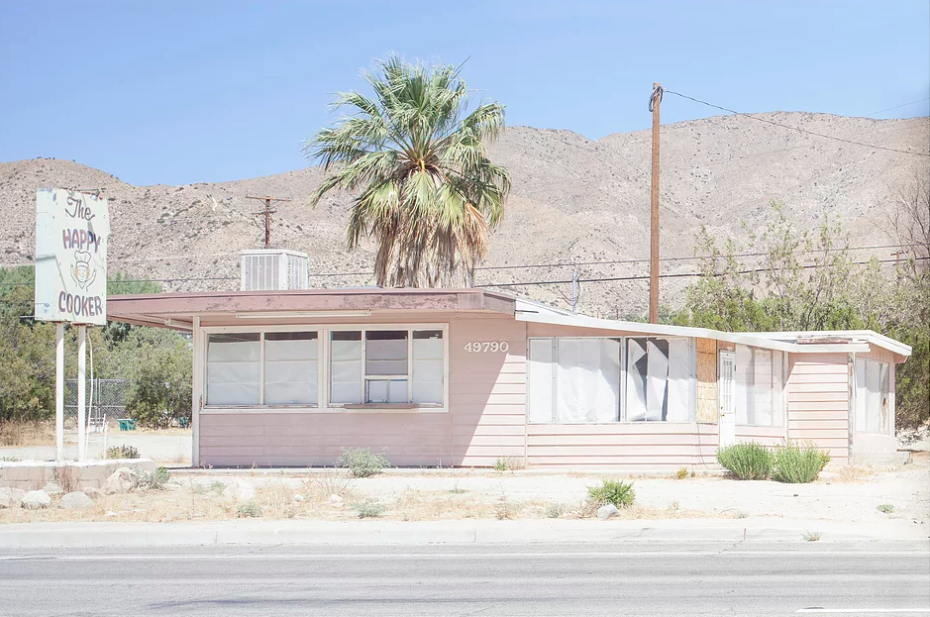
The Happy Cooker. Route 62, California, 2017.
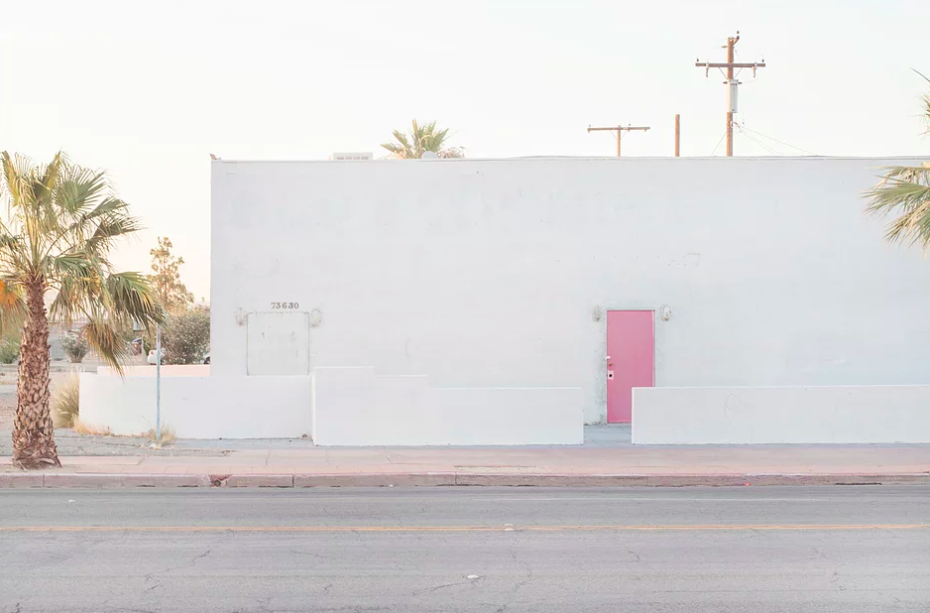
Structure 7. Route 62, California, 2017.
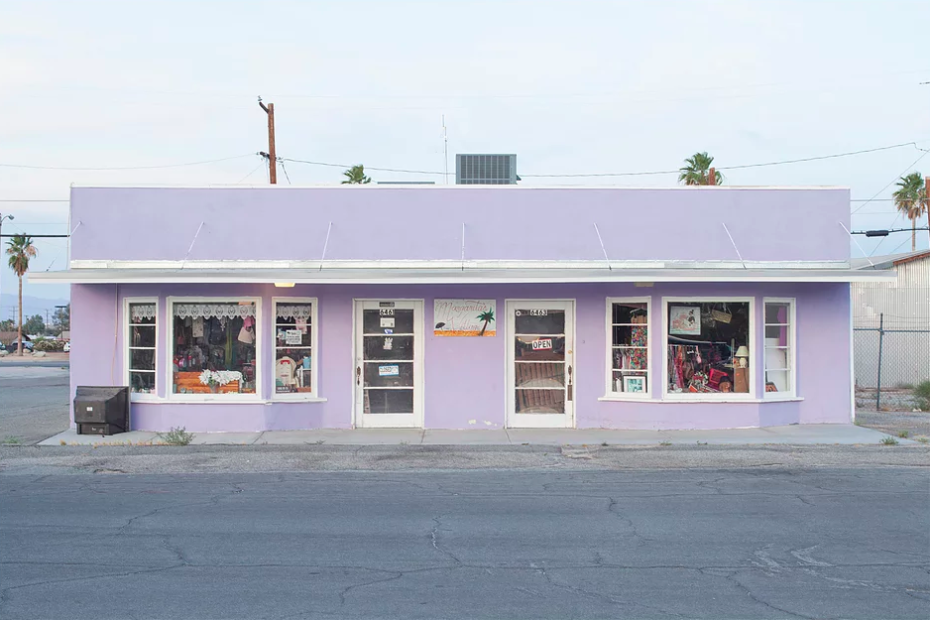
Purple Shop. Route 62, California, 2017
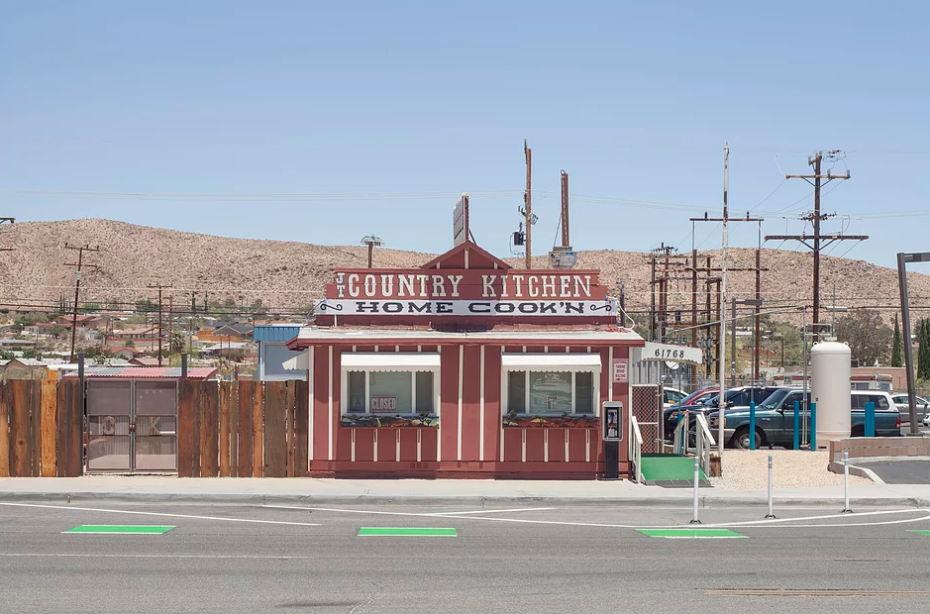
Country Kitchen. Route 62, California, 2017.
“There were still active businesses with locals coming and going,” according to Noelle. She talked to a few, but most kept to themselves, or remained perplexed as to why she’d make the pilgrimage to their stretch of Route 62. “Something about the heat, and trying to make a living in a place so close to big commerce, yet just out of reach” is what tempers their character, she explains. And there was one local that she’ll never forget: Carol.
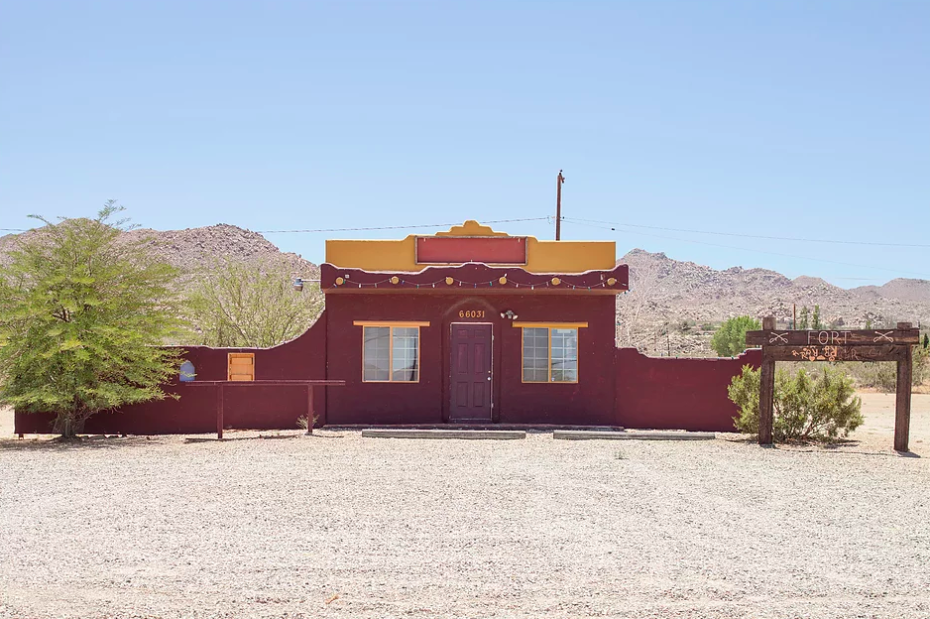
Fort. Route 62, California, 2017.
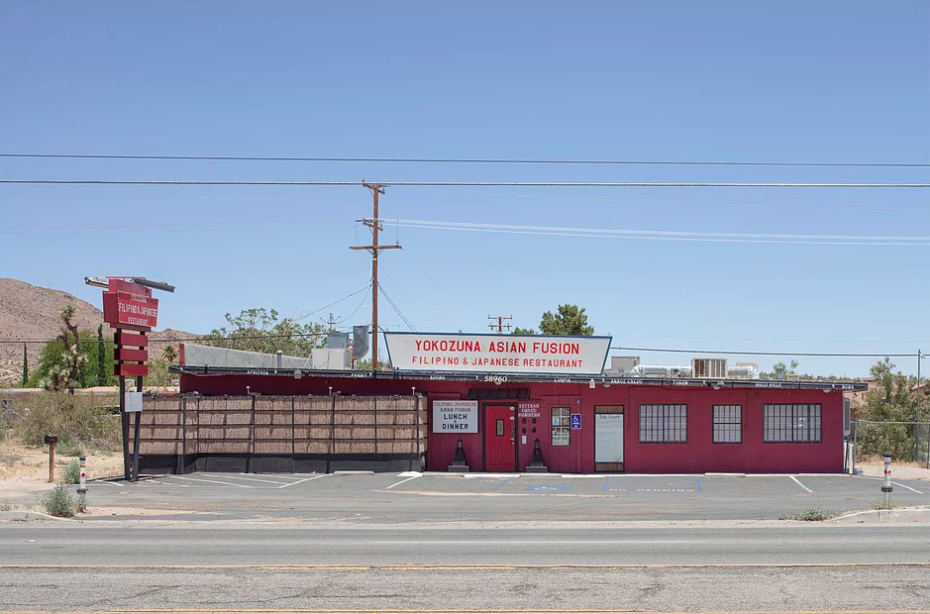
Yokozuna Asian Fusion. Route 62, California, 2017.
The homeless woman told Noelle her story of ending up on the streets — yet another, tragic tale of limited access to mental healthcare and drug rehabilitation support that permeates so much of California.
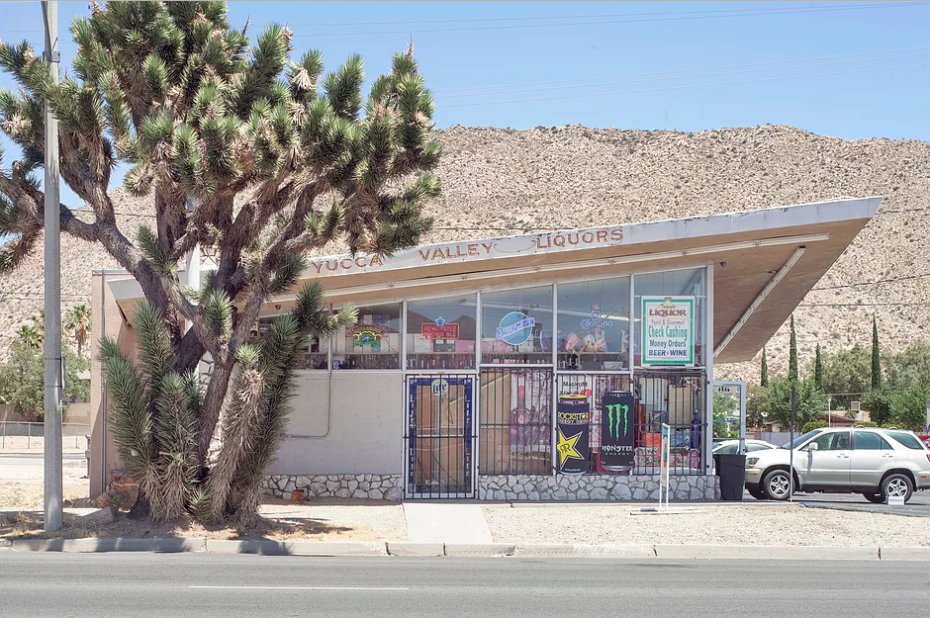
Yucca Valley Liquor. Route 62, California, 2017.
“She had lots of questions which she gave to me in rapid succession, almost like she knew most people only give her a little if any time to hear her,” said Noelle, “I felt for Carol. Almost like the buildings I was photographing, [I think she feels she] once had a purpose, but is now just existing in the space hoping someone will notice.”
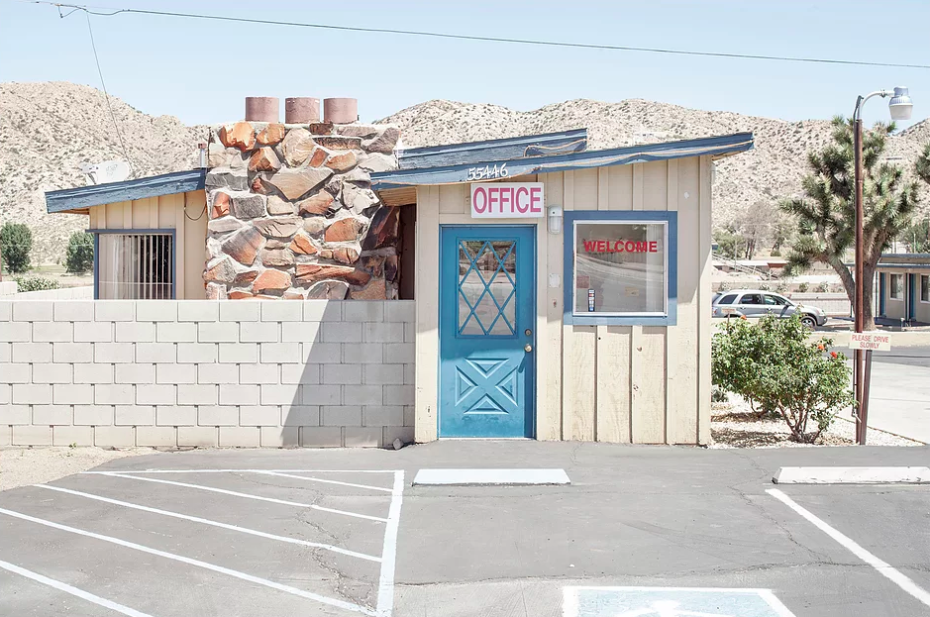
Sands Motel Office. Route 62, California, 2017.
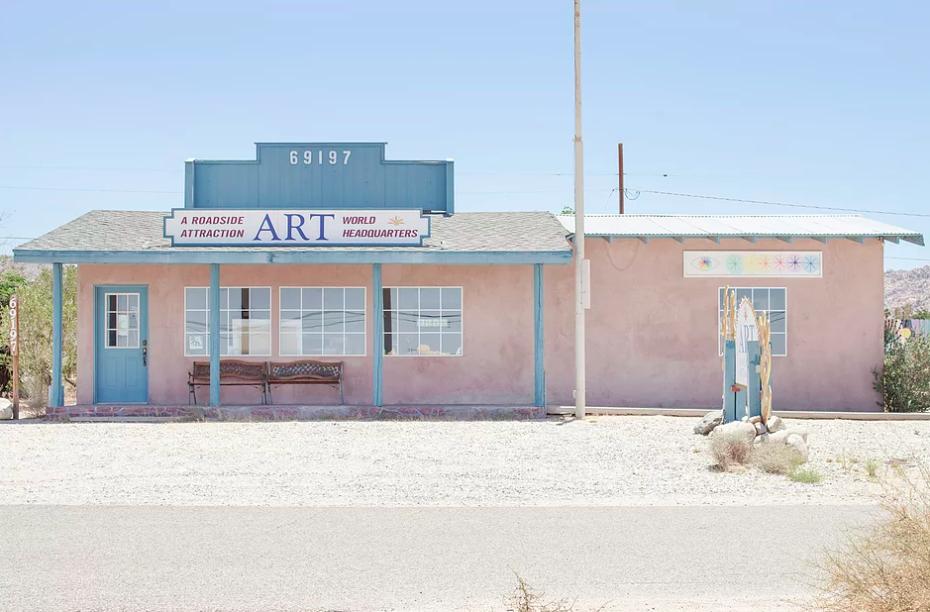
Art. Route 62, California, 2017.
Through her photo series, Noelle is at least doing her part to tell those stories, to not only create “empathy for architecture that’s been overlooked,” but the communities it can speak for. “I see the beauty in the effort and history of places,” she finishes, “In untold stories and the lives once lived in these structures until time and trends lead them elsewhere…”


